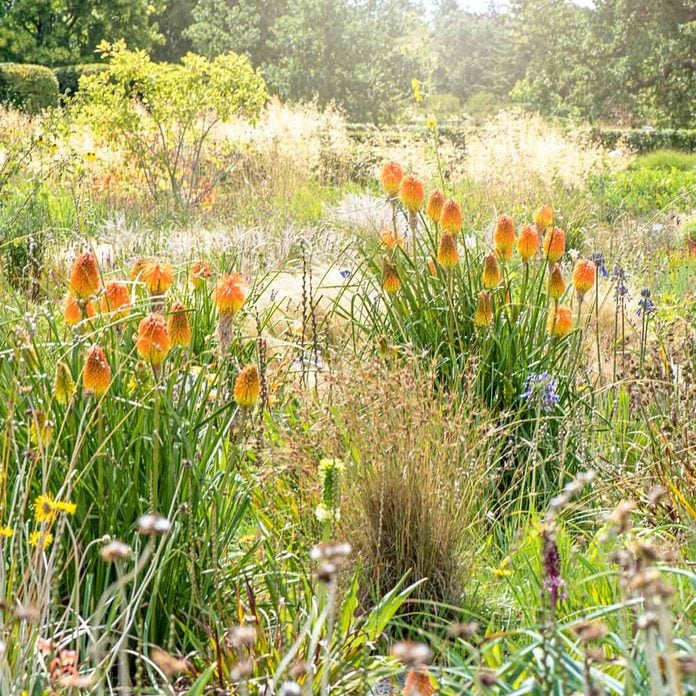
Find the Right Native Plant
If you have a spot in your yard that gets sunshine for at least half the day, you have a prime location for a native prairie garden that can draw a parade of pollinators and birds.
Whether you favor bright flowers or the textures of prairie grasses, there are hundreds of choices to fit every region of the country. With the National Audubon Society’s native plant directory, you can even get recommendations based on your zip code.
Here are our 10 top picks for native prairie gardens. Plant hardiness ratings can vary from the listing depending on the variety you grow.
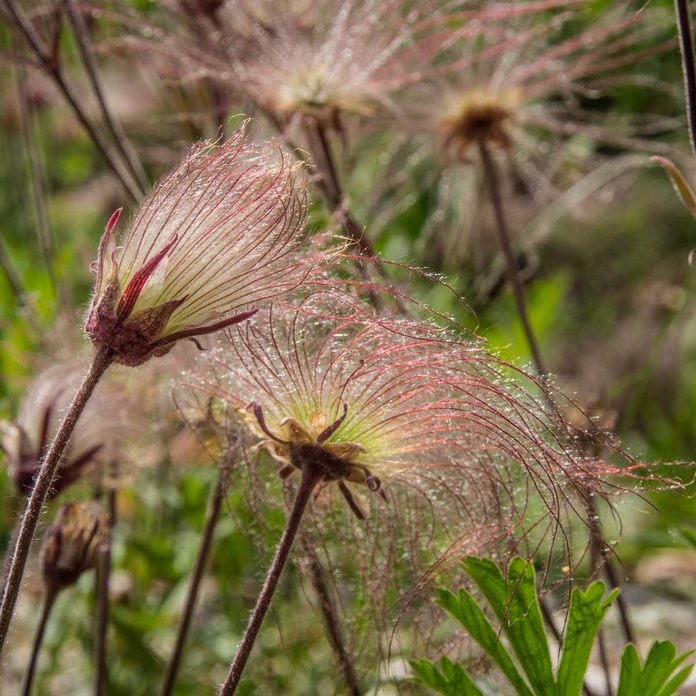
Prairie Smoke
In spring, prairie smoke blooms with delicate, drooping flowers. They’re a pretty, rosy pink color. This wildflower is native to North America. Once its flowers fade, distinctively wispy, smoke-like seed heads (pictured) emerge. These are just as decorative as the flowers, and they inspired the plant’s name.
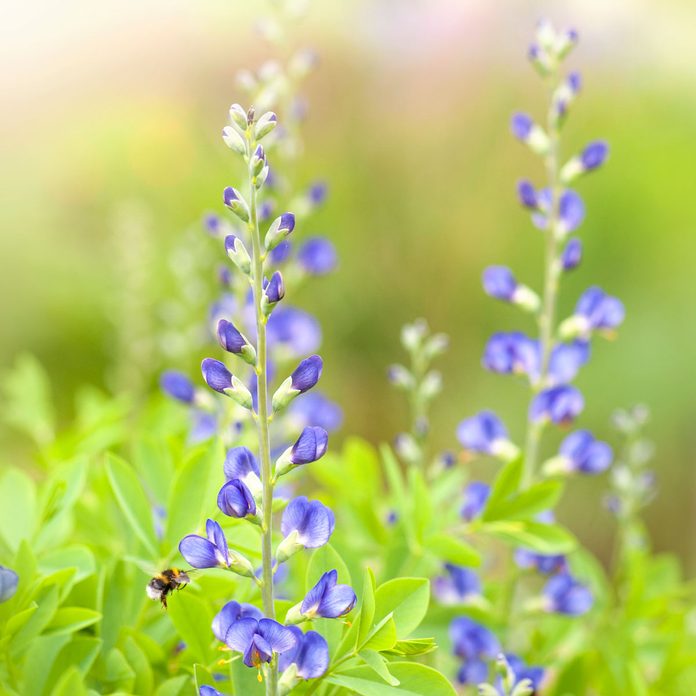
False Indigo (Baptisia)
This bush-like plant thrives in medium and moist soils and adds nutrients as it grows up to five feet tall. The large flower clusters, in cream, white and a variety of blues, look similar to lupine, and they draw bees and hummingbirds. (Zones 3-10)
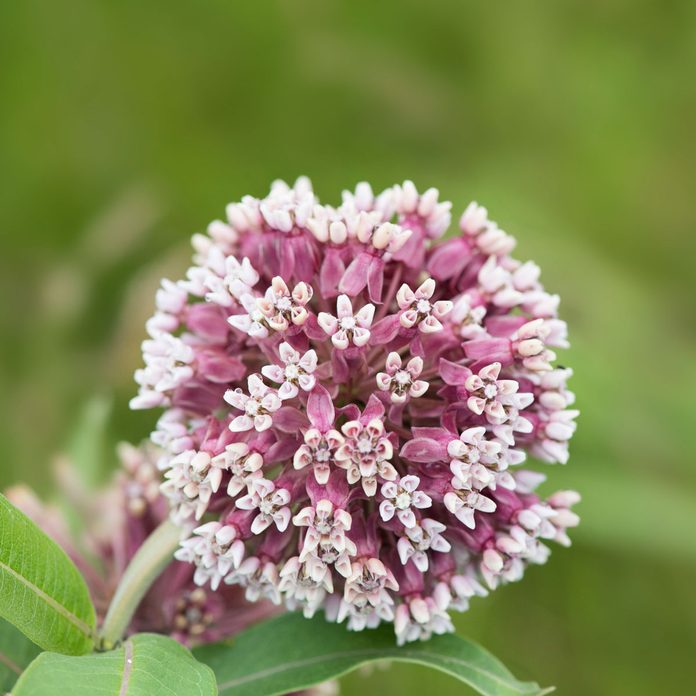
Milkweed
This well-known plant nourishes the monarch butterfly population by offering places to lay eggs, provide leaves for caterpillars to eat and nectar for butterflies to drink. Unless you have a sprawling meadow that can handle the quick growth of common milkweed, try a less aggressive and showier variety, such as the vibrant orange butterfly weed. Other good choices include red or swamp milkweed. (Zones 4-9)
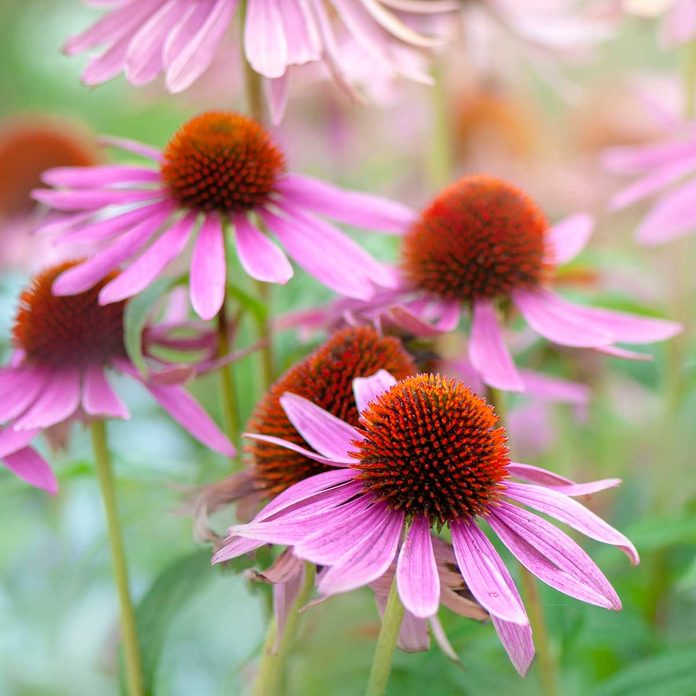
Coneflowers
This sturdy plant helped launch fresh interest in prairie flowers and has been hybridized into a rainbow of new colors. Get a true native variety, such as pale purple coneflower with drooping petals or a yellow Ozark coneflower, for long-lasting blooms and more drought tolerance. Deadhead spent flowers to keep drawing pollinators or let some go to seed, which attracts goldfinches. (Zones 3-9)
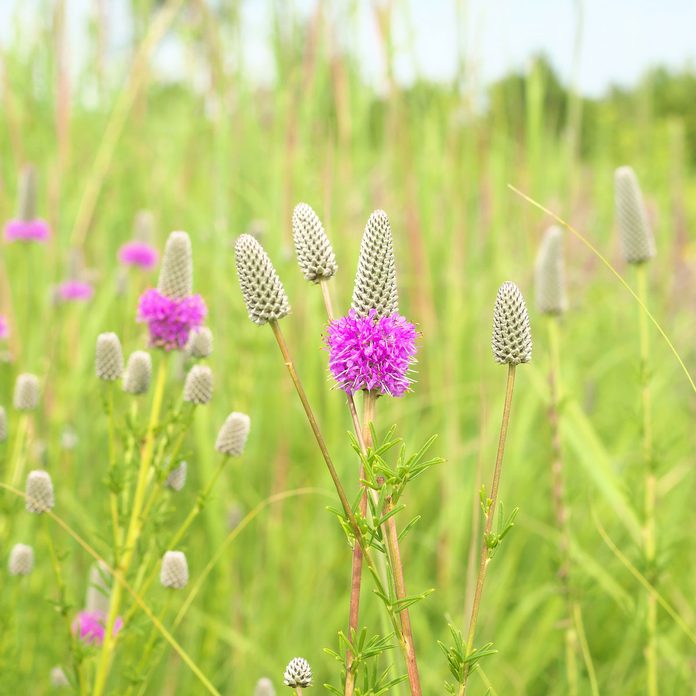
Purple Prairie Clover
Like false indigo, purple prairie clover will draw bees and other pollinators and is the host plant for dogface butterfly larvae. This member of the legume family also is rich in protein, which can nourish wildlife with foliage in the spring, provide seeds in late summer and add nutrients to the soil. It’s also deer resistant and works well to prevent hillside erosion. (Zones 3-8)
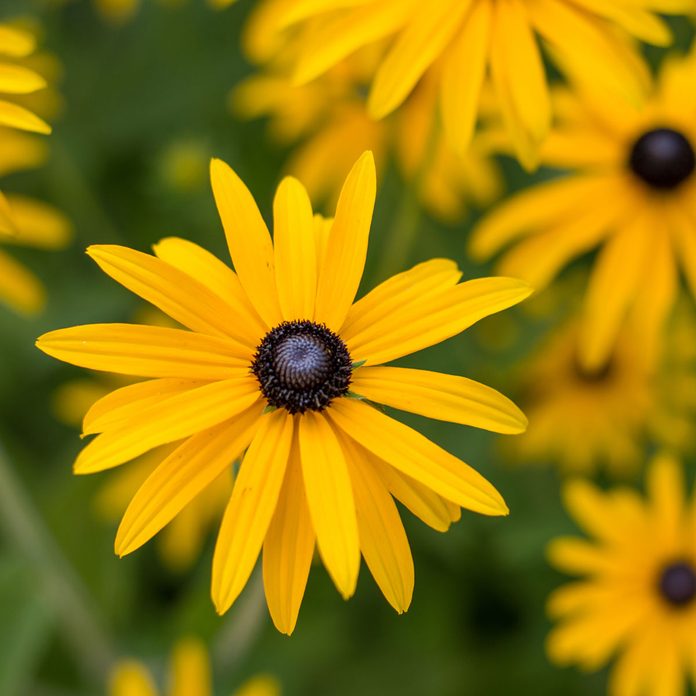
Black-Eyed Susan
With long-lasting blooms that pop with vibrant yellow petals, this favorite native flower has long been a darling of perennial gardeners. It’s also one of the first plants to bloom during the flowering season. With approximately 25 varieties, the variations of black-eyed Susans may feature single or double petals, some with inner swatches of deep red, that cover nicely rounded plants 1- to 3-ft. high. It grows well from seed (which birds like to eat) and attracts butterflies, especially fritillary butterflies. (Zones 3-9)
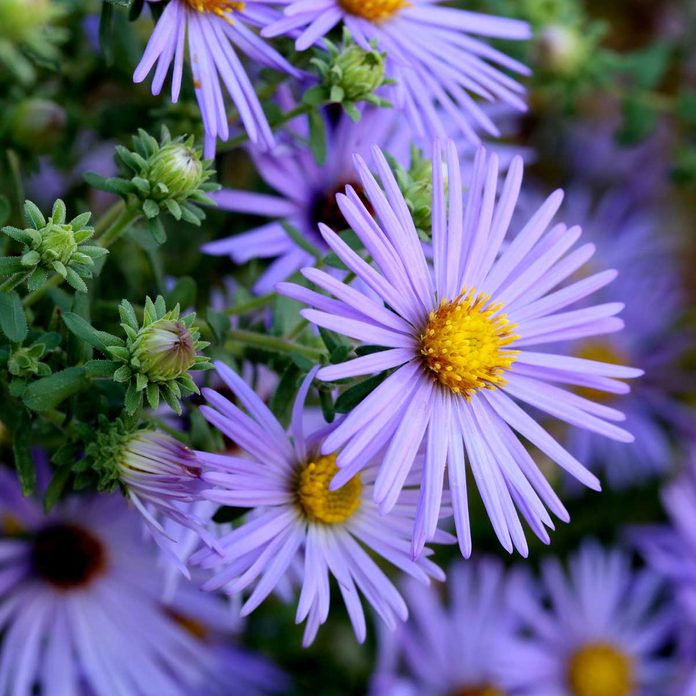
Aster
Asters in white, lavender and deep purple comprise one of the biggest families of prairie blossoms offering late-summer and early fall color. They also provide an important last dose of nectar before butterflies migrate. (Zones 3-8)
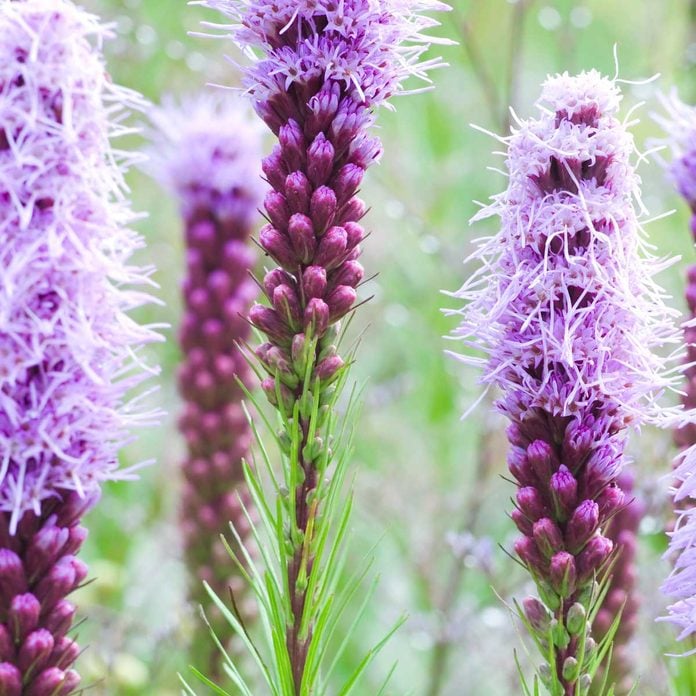
Blazing Star
The bright magenta spikes of blazing star (also known as liatris or gayfeather) draw hummingbirds, monarchs and other butterflies like an ice cream truck draws kids. And blazing star is great for bouquets. Among the standouts for this hardy plant are prairie blazing star and meadow blazing star. If you let the flowers go to seed, they’ll attract finches. (Zones 3-8)
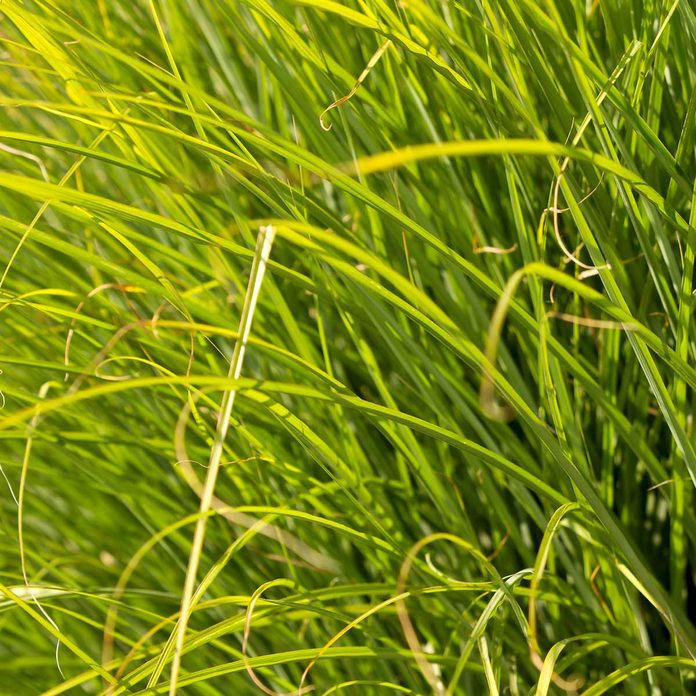
Prairie Dropseed
This nicely-clumped prairie grass grows in any soil. The wispy grasses provide shelter to wildlife and texture to the winter landscape. If you have wetter soil or need something that works in a rain garden, fox sedge could be a better option. (Zones 3-9)
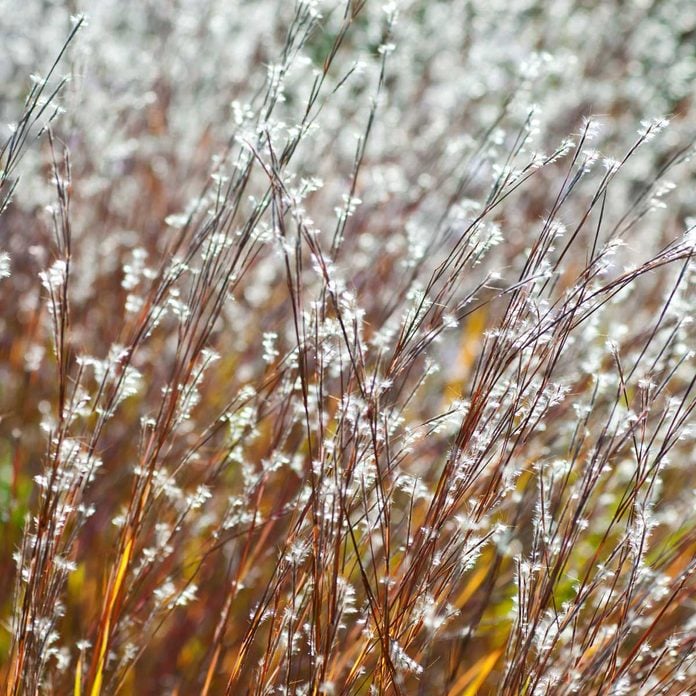
Little Bluestem
Little bluestem offers finely textured mounds of blue-green grass up to two feet high that thrive in dry soils and provide a striking backdrop to yellow and purple prairie flowers. It’s small silvery-white flowers and seed heads look especially delicate when backlit by the setting sun. As fall nears, it transitions to mahogany red and provides a splash of color throughout the winter. (Zones 3-9)
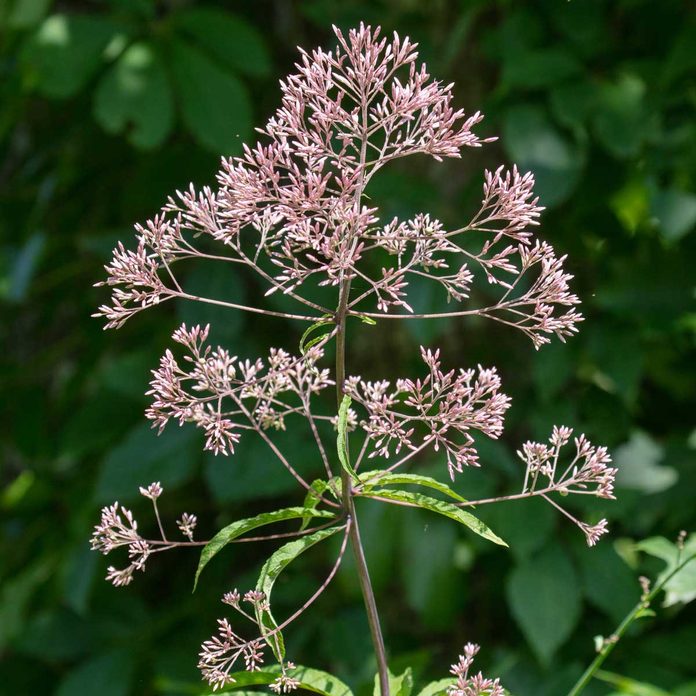
Tall Joe Pye Weed
With a riot of blooms loved by butterflies (especially swallowtails), this plant makes a statement by growing up to eight feet tall. You can use it as a living natural privacy screen between residences. (Zones 3-9)
